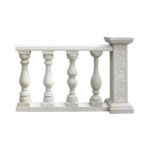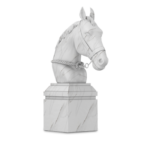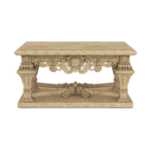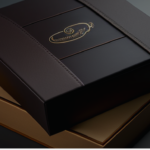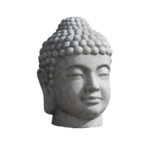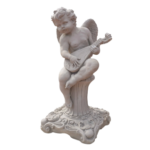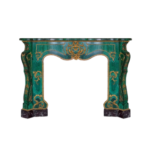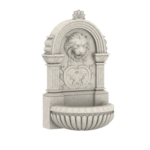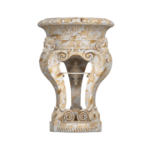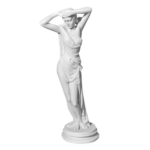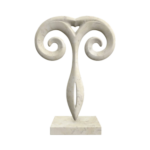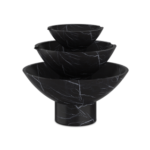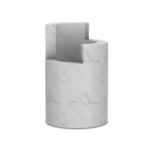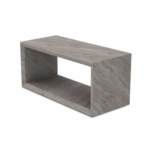July 23, 2021 Author: admin
History of Sculpting Cherubs
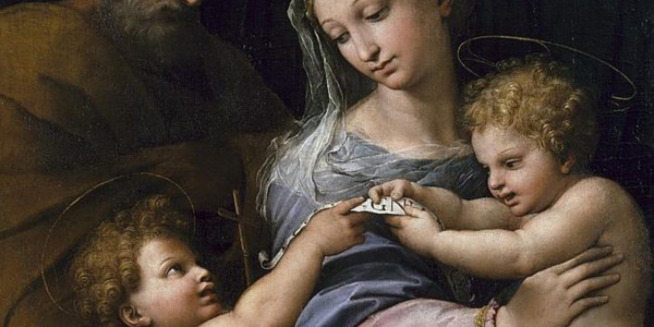
We see Cherubs everywhere; these baby angels are often found in gardens, decorating our planters and fountains. We can also see them dominate Renaissance paintings, often associated with divinity and, in many other cases, love as they also represent cupid.
However, what is the story behind these little angels? How did they come about to be such a prominent figure across sculptures of the past and today?
Well, let’s explore the history of cherubs sculptures!
What are cherubs?
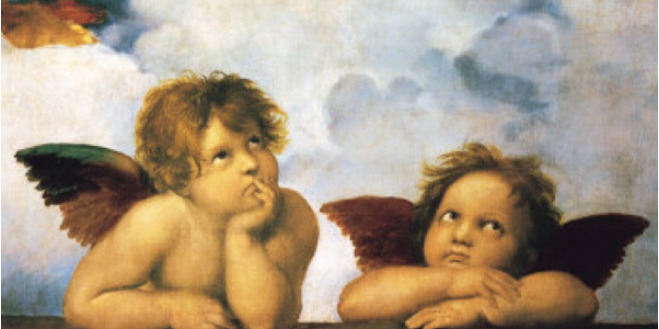
Putto or more commonly known as cherubs, are heavenly beings who attended to God according to mythology.
They are also said to protect the entrance to Eden! Cherubs are associated closely with the God of love- Cupid.
They are often depicted as linen-clad, chubby babies with wings.
In some paintings, they fashion a halo hovering over or behind their heads which is a sign of divinity and in some, they are seen holding trumpets and arrows.
Symbolism
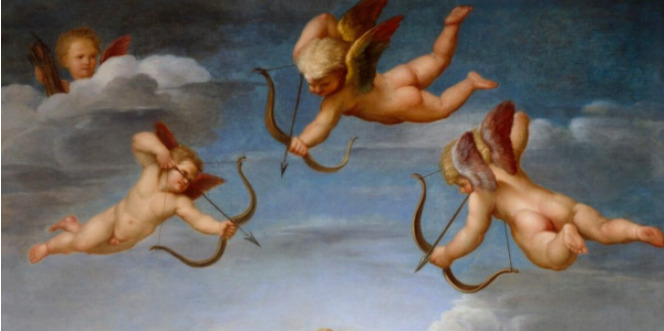
Although going along similar themes throughout history, cherubs are known to depict romantic love, divinity and peace.
A niche symbol that they represent is innocence, as they are the link between earth and heaven as a way to solidify a biblical verse about children and how they belong in the kingdom of God. They are also seen as companions of Greek gods- Venus and Aphrodite.
Since they were also the protectors of The Garden of Eden, they are often found in garden decor and as core placeholders in classical outdoor fountains as a symbol of protection.
If you are looking for a symbol of protection for your garden that elevates and reflects your taste and knowledge of classical art, you have come to the right place.
Browse through our collection of marble cherubim decor, which we can customize to embody your choice of marble from any quarry around the world.
In sculpture- Pre-Renaissance
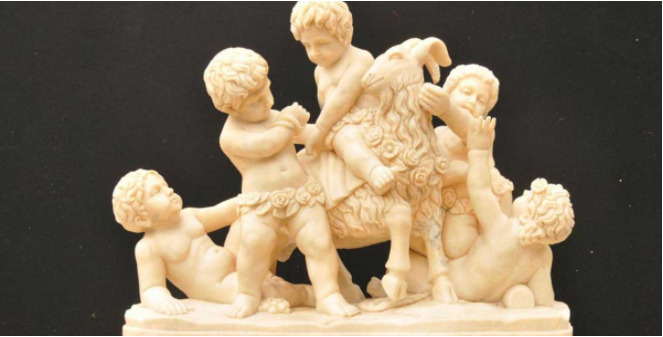
The concept of the putto reaches back in the art to the ancient classical world, where winged infants were physical manifestations of spirits called genii that supposedly influenced human lives.
Winged infants were found drifting across Etruscan pottery carrying garlands of fruit. In the Roman era, carved stone garlands of leaves, fruit, and flowers by young male children were significant ornamentation on buildings and sarcophagi.
During the Renaissance
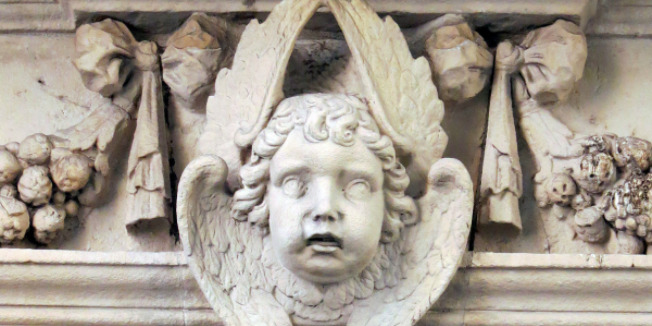
The concept and usage of cherubs saw a decline during the middle ages and made an entrance into popular art in early Renaissance Italy.
Back then, Italians had a great interest in their Roman heritage. It became common to use Roman influence in their architectural ornamentation.
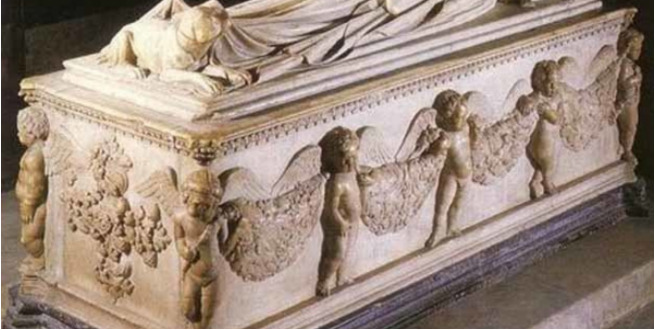
One of the earliest Renaissance examples of the use of Cherubs and Roman mythology is beautifully depicted in the Tomb of Ilaria by Jacopo Della Quercia.
Her tomb was decorated in garlands held by “ingenuous children” celebrating Ilaria’s beauty and life, not her death.
Donatello has been called the actual inventor of the putto. This is because he gave the putto a personality.
He integrated the putto into the context of his sculpture and made them a participant in his sculptures and art. By doing so, he diversified the usage of cherubs from mere ornamentation and static embellishment to core themes of his artwork.
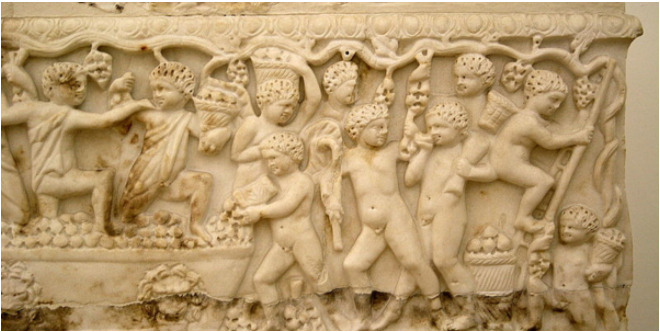
So that is the story of the iconic Cherub. From the Garden of Eden to our backyards, these symbols of love and protection have stood the test of time, just like marble and continue to inspire generations of sculptors and artists to use their iconography to give a classical twist to contemporary artwork.
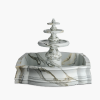
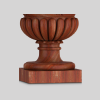

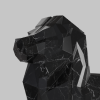
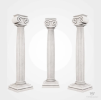
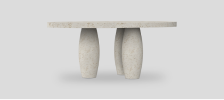

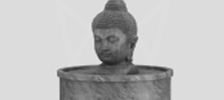
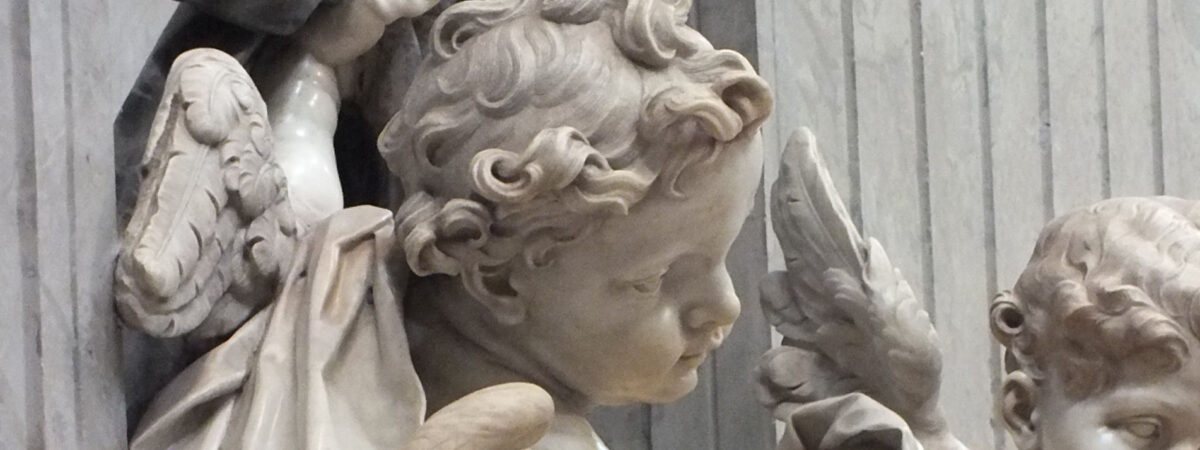

![- 17 Inspiring New Driveway Landscaping Ideas [2022]](https://phpstack-949241-3334629.cloudwaysapps.com/wp-content/uploads/2022/06/dorian-mongel-JM9RCH-cbYo-unsplash1.jpg)
![- 7 Florida Landscaping Ideas To Enhance Your Yard [2022]](https://phpstack-949241-3334629.cloudwaysapps.com/wp-content/uploads/2022/06/derick-mckinney-dlzCGn5LndM-unsplash.jpg)
